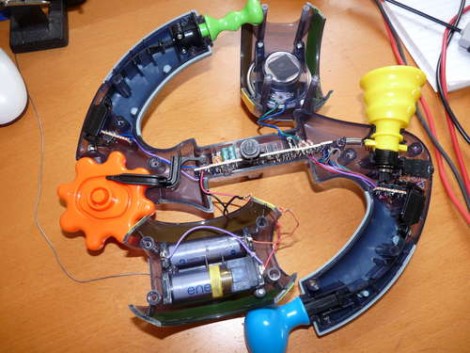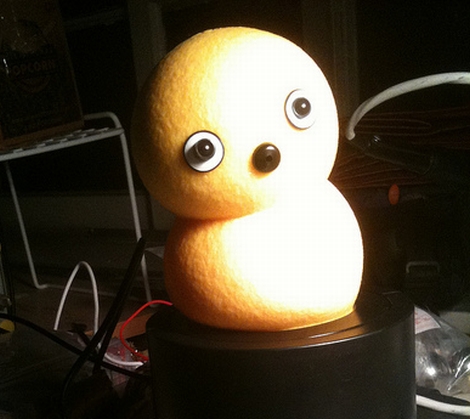
[Johnny Halfmoon] wanted to help out his three-year-old who was fascinated by the Bopit electronic game. In its stock condition it’s a bit too fast for the young one, so he cracked it opened and added the option to slow things down.
Above you can see the Bopit Extreme with the top half of the case removed. Although not hard to get open (there’s just 12 screws to remove) the spring-loaded appendages will fly apart when you do. He warns to pay attention at how they go back together.
There’s one axial resistor which affects the running speed of the game. [Johnny] desoldered this, replacing it with a circuit that toggles between that original resistor and a potentiometer. Now, one switch position allows for normal play, the other allows for adjustable speed based on the potentiometer position. Check out the results in the clip after the break.
Looking for some other fun electronic toy hacks? Why not try out this cursing Simon Says?
Continue reading “Slowing A Bopit So The Littles Ones Can Play Too”















